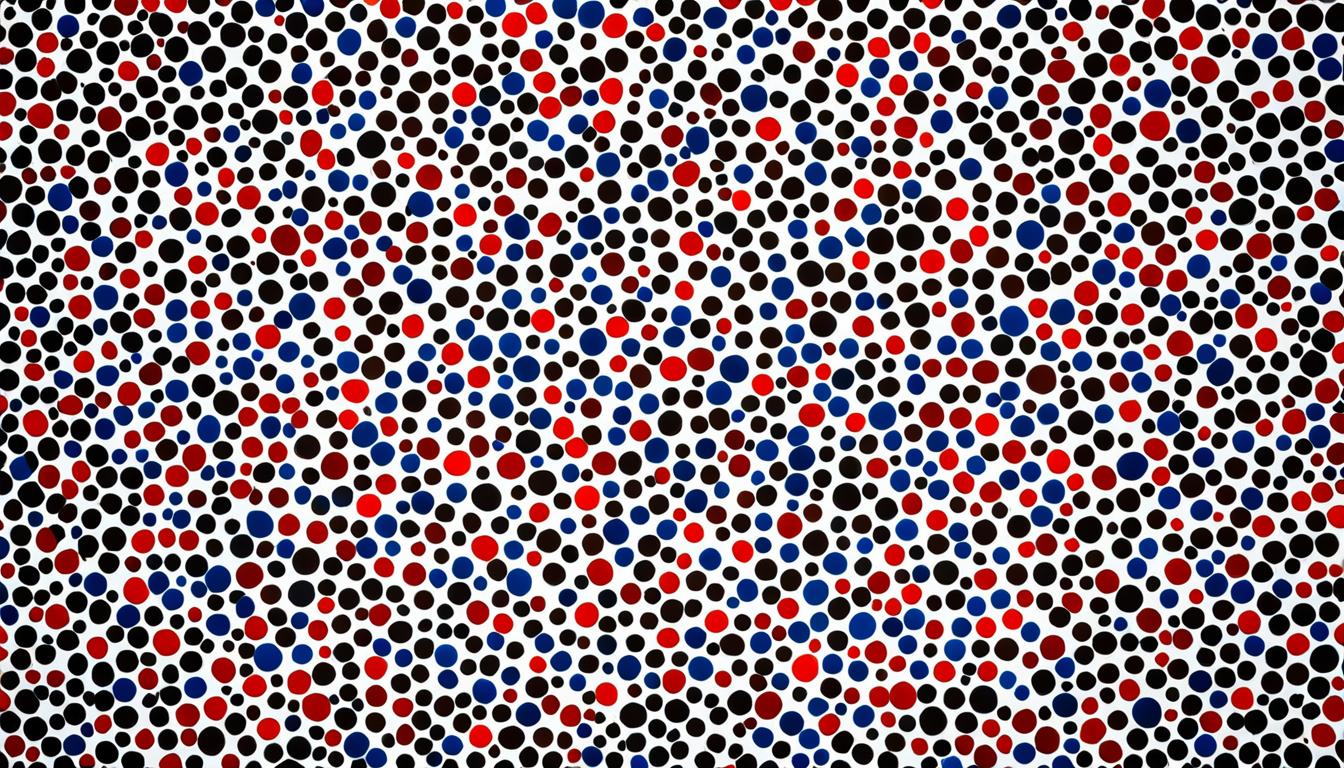The ouroboros, a snake or dragon eating its tail, symbolizes infinity, renewal, and life’s cyclical nature in both art and alchemy. It represents the endless cycle of life, death, and rebirth, and highlights transformation and interconnectedness across cultures. Originating in ancient Egypt and embraced by Greek philosophy, it also plays a key role in alchemical processes. If you explore further, you’ll uncover its deeper meanings and influence throughout history and modern symbolism.
Key Takeaways
- The Ouroboros depicts a serpent or dragon consuming its tail, symbolizing eternity, renewal, and cyclical life.
- In art, it appears in Egyptian, Greek, and alchemical imagery to represent wholeness and endless transformation.
- Alchemists used the Ouroboros to symbolize ongoing spiritual and material processes, such as transforming base metals into gold.
- The symbol signifies interconnectedness of life, death, and rebirth, illustrating perpetual cycles of growth and decay.
- Modern interpretations view the Ouroboros as a powerful emblem of infinite renewal and the continuous nature of existence.

Have you ever wondered what symbol has represented eternity, renewal, and the cyclical nature of life across cultures and centuries? That symbol is the Ouroboros—a serpent or dragon eating its own tail. This ancient motif captures the concept of infinity, endlessly looping back on itself, embodying the idea that life, death, and rebirth are interconnected parts of a continuous cycle. Its symbolism of eternity resonates deeply in various spiritual and philosophical traditions, reminding us that endings are often beginnings in disguise. Throughout history, the Ouroboros has held profound significance, appearing in Egyptian, Greek, Norse, and alchemical contexts, each adding layers of meaning to its timeless image.
In Egyptian mythology, the Ouroboros first emerged around 1600 BCE, symbolizing the eternal cycle of life and death. The ancient Egyptians believed it represented the sun’s journey across the sky, its daily rebirth and renewal. You can see its influence in their art and religious texts, where it’s intertwined with concepts of creation and the cosmos. Moving into Greek philosophy, the Ouroboros took on a more introspective role. It became associated with the idea of wholeness and self-sufficiency, signifying the unity of opposites. The Greeks saw it as a symbol of the cyclical nature of existence, illustrating that everything is interconnected and perpetually renewed.
The historical significance of the Ouroboros extends beyond its ancient origins. During the Middle Ages, alchemists adopted the symbol to represent the process of transformation and the pursuit of spiritual enlightenment. They saw the serpent eating its tail as a metaphor for the cyclical process of matter changing form, from lead to gold, and ultimately, spiritual perfection. In alchemical illustrations, the Ouroboros often appears as a reminder that transformation is an ongoing process—never truly complete but continually evolving. Its use in alchemy underscores a fundamental understanding that life’s processes are interconnected and infinite, echoing the broader themes of renewal and eternal return.
Today, the Ouroboros still captures the imagination, symbolizing the endless cycle of growth, decay, and rebirth. Its rich symbolism of eternity and historical significance continues to inspire artists, philosophers, and spiritual seekers alike. Whether as a reminder of the cyclical nature of life or a symbol of eternal renewal, the Ouroboros remains a powerful emblem that transcends time and culture. It invites you to reflect on the perpetual cycles that shape existence—an ancient yet ever-relevant symbol of life’s infinite continuity.
Frequently Asked Questions
What Historical Origins Inspired the Ouroboros Symbol?
You’ll find that the ouroboros symbol originates from Ancient Egypt, where it represented eternity and the cycle of life. Greek mythology also influenced it, as the Greeks saw the snake as a symbol of renewal and infinity. These cultures inspired its use in art and alchemy, symbolizing the ongoing cycle of life, death, and rebirth. Its timeless appeal connects ancient beliefs with modern interpretations of transformation and continuity.
How Do Different Cultures Interpret the Ouroboros?
Think of the ouroboros as a mirror reflecting your soul’s eternal cycle. In different cultures, you see it symbolizing renewal, infinity, or the unity of opposites. For example, the ancient Egyptians saw it as rebirth, while the Greeks linked it to mythological significance of life’s endless loop. Its rich cultural symbolism reminds you that life’s continuous flow is both a mystery and a profound truth.
Are There Modern Uses of the Ouroboros in Branding?
You’ll find the ouroboros widely used in branding today, especially in marketing symbolism. Many brands incorporate this symbol to convey ideas of renewal, continuity, and the cyclical nature of growth. It helps you emphasize sustainability and innovation, making it a powerful visual tool. By using the ouroboros, you connect with audiences on a deeper level, highlighting your commitment to ongoing evolution and resilience in a competitive market.
What Are Common Misconceptions About the Ouroboros?
Think of the ouroboros as a mirror reflecting myths, not just a mythical symbol. Many people believe it solely represents eternity or renewal, but this is a misinterpretation myth. It also symbolizes cycles, self-reflection, and the infinite nature of change. Common misconceptions include viewing it as only destructive or solely about rebirth. Instead, it embodies ongoing transformation and interconnectedness in life’s perpetual flow.
How Does the Ouroboros Relate to Contemporary Psychology?
You see, in contemporary psychology, the ouroboros symbolizes subconscious symbolism related to psychological renewal. It represents the cycle of self-discovery, growth, and transformation, encouraging you to embrace change. When you encounter this symbol, it reminds you that renewal often involves revisiting your inner depths and resolving past conflicts. Its continuous form emphasizes that personal development is an ongoing process, fostering resilience and self-awareness in your journey toward wholeness.
Conclusion
As you reflect on the ouroboros, you see it’s more than a snake devouring itself; it’s a symbol of endless cycles and renewal. In art, it sparks creativity; in alchemy, it signifies transformation. Just as the ouroboros encircles itself in eternal repetition, your journey mirrors this loop—beginning and ending, destruction and rebirth. Embrace this paradox, and you’ll find that true infinity lies in the delicate balance between completion and new beginnings.











